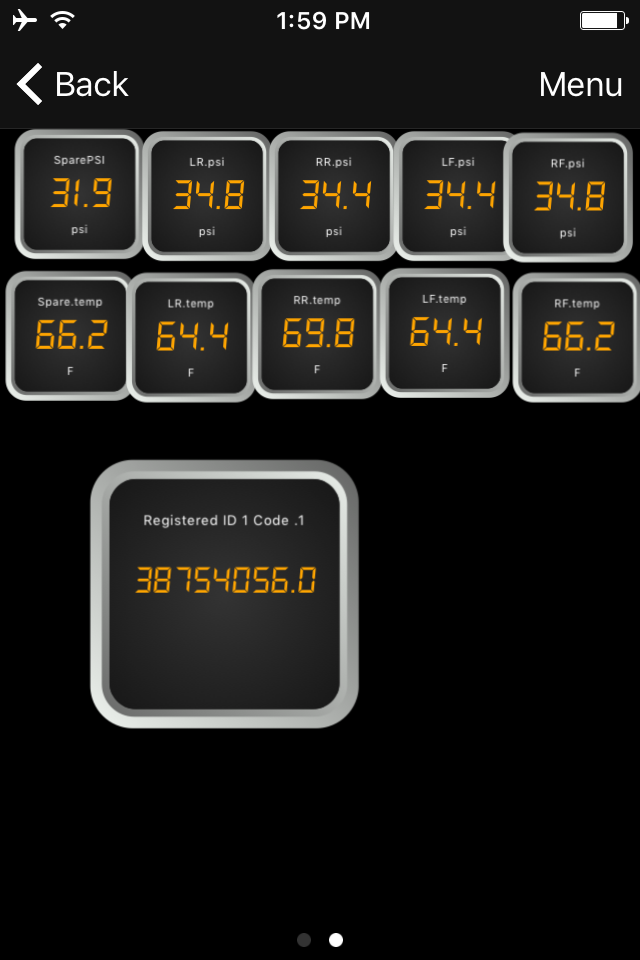The only way? The math comes first, LMTD or energy balance. I've done a ton of energy calculations, and specifically heat transfer calcs, without any tangible components being involved. An easy comparison of HX's could be made using a just a few known or even assumed values. Sure, empirical testing would give us some exact numbers in lab conditions, but I don't think anyone here is going to go to that much effort. There's always Ansys if you wanna dive that deep.
I don't think it is clear, or a valid assumption, that the degradation value is climbing when the fluid is below "normal" temps. The fact is, we don't have enough information to know the full algorithm. The equation provided is only in two variables, thus the plot provided by the inputs to the equation is equally dimensioned. In my mind I am seeing this as an x-y plot with degradation being the y values, and time being the x values. There is a curve on this plot, from zero, with varying levels of positive slope (A*256), or even near zero slope (little to no thermal degradation, A=0). This is why in my 5 minute analysis I stated that some conditions must be met in order for the counter to be increasing. It does not make sense that the fluid would become less degraded over time, thus no decreasing slope and no decreasing degradation value. I think its safe to assume that if the engine is on, and the pump is turning, degradation is occurring at SOME rate, even if that rate is infinitesimally small.
Sorry if I wasn't clear before, Heat Transfer, Fluids, and Calculus are not subjects easily conveyed in a few short paragraphs.

